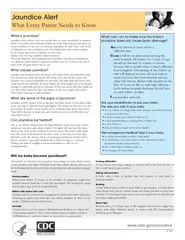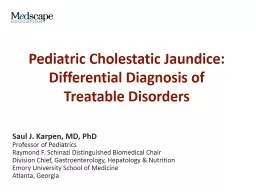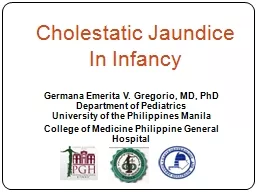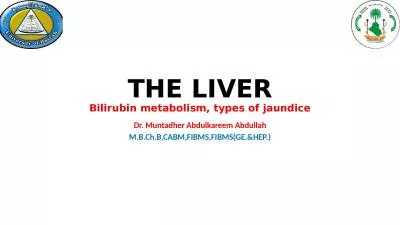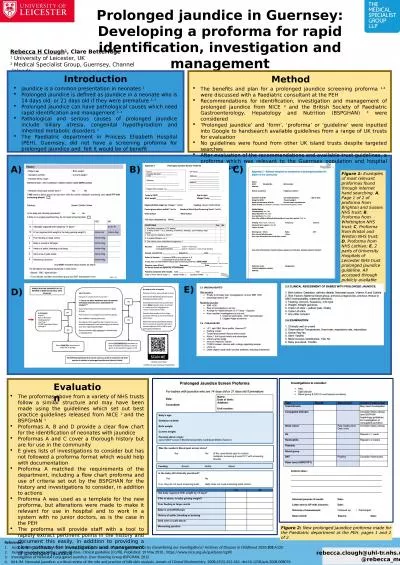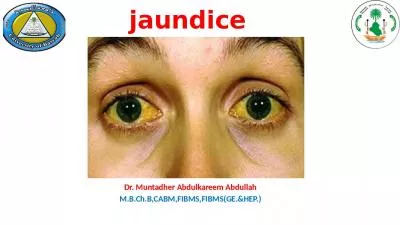PDF-Case Report 3 year old male child presented with jaundice Asince 1 mon
Author : edolie | Published Date : 2022-10-27
Abdominal examination revealed abdominal distension with hepatomegaly2 cm with a span of 7 soft splenomegaly5 cm Cardiovascular system examination revealed a pansystolic
Presentation Embed Code
Download Presentation
Download Presentation The PPT/PDF document "Case Report 3 year old male child presen..." is the property of its rightful owner. Permission is granted to download and print the materials on this website for personal, non-commercial use only, and to display it on your personal computer provided you do not modify the materials and that you retain all copyright notices contained in the materials. By downloading content from our website, you accept the terms of this agreement.
Case Report 3 year old male child presented with jaundice Asince 1 mon: Transcript
Download Rules Of Document
"Case Report 3 year old male child presented with jaundice Asince 1 mon"The content belongs to its owner. You may download and print it for personal use, without modification, and keep all copyright notices. By downloading, you agree to these terms.
Related Documents



